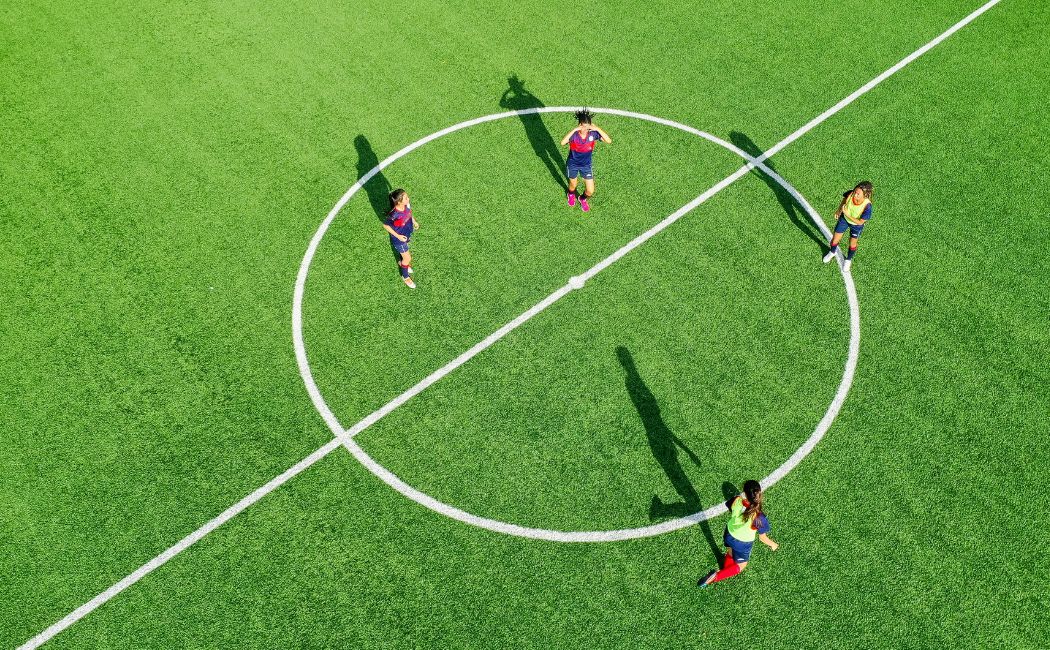
Soccer, known globally as football, is one of the most widely followed sports. From the World Cup to local leagues, fans are passionate about every minute their favorite teams and players spend on the pitch. But how long does a soccer game typically last? This question might seem straightforward, but there’s much more to it than just the standard 90 minutes.
The standard game duration
A typical soccer game consists of two halves of 45 minutes each, making up a total of 90 minutes of regulation play time. However, the game doesn’t always end when the clock hits 90 minutes. There are additional factors that can extend the overall duration.
Halves and the break
A standard soccer game is structured into two halves, both lasting 45 minutes. Between these halves, there is an interval commonly referred to as halftime, which usually lasts around 15 minutes. This break allows players to rest, hydrate, and receive strategy adjustments from their coaches. So in practice, if you include the interval, a full soccer game spans over approximately 105 minutes.
Injury and stoppage time
Unlike some other sports where the clock stops during interruptions, soccer operates with a running clock. To account for various stoppages during the halves – such as injuries, substitutions, or fouls – referees add what’s called « stoppage » or « injury time. » This period varies depending on the events that occurred during the half but generally ranges from 1 to 5 minutes per half, though it can be longer in extreme cases.
Calculating average stoppage time
On average, a viewer can expect at least 3-6 minutes added to the game across both halves. Therefore, while the main segments of the match account for 90 minutes, the actual playing duration often reaches closer to 96 minutes including stoppage time.
Overtime (Extra time)
In knockout stage games of tournaments like the FIFA World Cup or UEFA Champions League, matches cannot end in a draw. If the score remains tied at the end of regulation time, the game proceeds to overtime, also known as extra time. Overtime in soccer consists of two periods of 15 minutes each, adding up to an additional 30 minutes.
Structure of overtime
These extra time periods operate similarly to regular halves but are shorter, lasting just 15 minutes each instead of 45. There is usually a short break between the two periods of overtime, less than the traditional halftime break.
If the scores remain tied after extra time, the match may proceed to a penalty shootout to determine the winner.
Penalty shootouts
Some competitions require a clear winner, and thus if the score is still level after extra time, the game moves to penalties. A penalty shootout involves each team taking turns to kick from the penalty spot, aiming to outscore the opposing team.
Details of a penalty shootout
- Teams alternate shots, generally five kicks per team initially.
- If the score is still tied after five penalties each, it goes to sudden death until a winner emerges.
- A penalty shootout adds an unpredictable length to the game’s conclusion.
Weather and unforeseen delays
Various external factors can also affect how long a soccer game lasts. Weather conditions such as heavy rain, lightning, or extreme heat may lead to temporary suspensions of play. Similarly, unforeseen delays such as crowd disturbances or technical issues can further alter the expected duration of the game.
Handling weather delays
During adverse weather conditions, referees have the authority to pause the game and wait for conditions to improve. Depending on the severity, this can involve minutes to resolve minor issues or necessitate scheduling changes for more significant disruptions.
Youth and amateur soccer games
While professional soccer games follow the 90-minute format, youth and amateur soccer games often have different time structures to accommodate younger players’ stamina and skill levels.
Youth soccer regulations
- Under 6 years: Play two halves of 10-20 minutes.
- Under 8 years: Typically play two halves of 20-25 minutes.
- Under 10 years: Often play two halves of 25-30 minutes.
- Under 12 years: Usually play two halves of 30-35 minutes.
- Older age groups gradually increase to the standard 45-minute halves seen in adult soccer.
Different league rules
Various soccer leagues around the world sometimes have slightly altered rules regarding the duration of the game. While the majority stick to the 90-minute format, specific tournament regulations or regional practices can introduce minor variations.
Examples of adjusted durations
Certain leagues or lower divisions might implement golden goal rules or rolling substitutions, impacting the flow and potentially the length of the game. Some regional tournaments also have unique methods for resolving ties without resorting to extra time or penalties.
Summary of factors affecting game length
The magical number of 90 minutes has become synonymous with soccer games; however, anyone who has watched an entire match knows there’s more to consider:
- Regular Play Time: Two halves of 45 minutes each.
- Halftime Break: Adding about 15 minutes.
- Stoppage/Injury Time: Typically extending the game by an additional 3-6 minutes.
- Overtime: Two extra 15-minute periods if necessary.
- Penalties: An extended session in the case of needing a clear winner.
- Delays: Weather or unforeseen circumstances affecting the runtime.
- Youth/Amateur Variations: Altered times for different age groups.
- League-Specific Rules: Unique formats per certain leagues.
Understanding the structure and potential extensions provides a fuller picture of just how complex determining the real duration of a soccer game can be.


